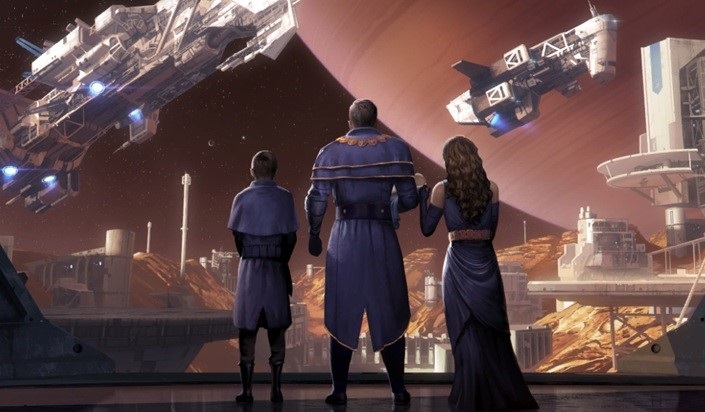
Star Dynasties, by developer Pawley Games and publisher Iceberg Interactive, first grabbed my attention through way of premise. It followed the trend of being a conquest game, but with one exception: it was in space. This would allow players to live out dreams of building a galactic empire through way of conquest, espionage, and more. Needless to say, I was very intrigued.
STORY
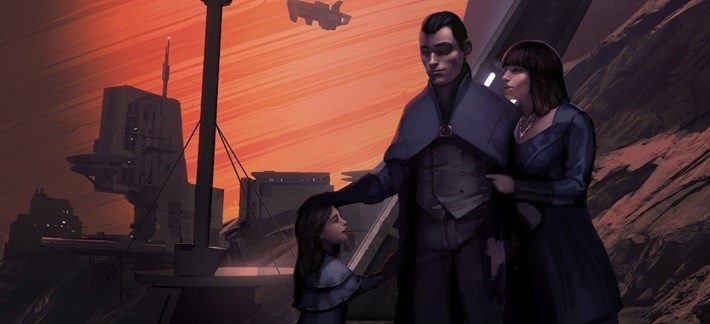
Star Dynasties takes place in a universe in which humans have achieved the ability to explore and colonize other planets in space beyond Earth. Everything seems to be going well, and humans began to develop a heavy presence in space. However, disaster is soon to strike. Earth is unexplainably destroyed, leaving humans without a home planet. Humans thus devolve into a feudal medieval form of society, led by lord, ladies, and barons. And thus, an emphasis on family line and family survival becomes prominent. The goal of humans from this point onwards is to accrue the largest empire in the system they inhabit, to ensure familial survival.
GAMEPLAY
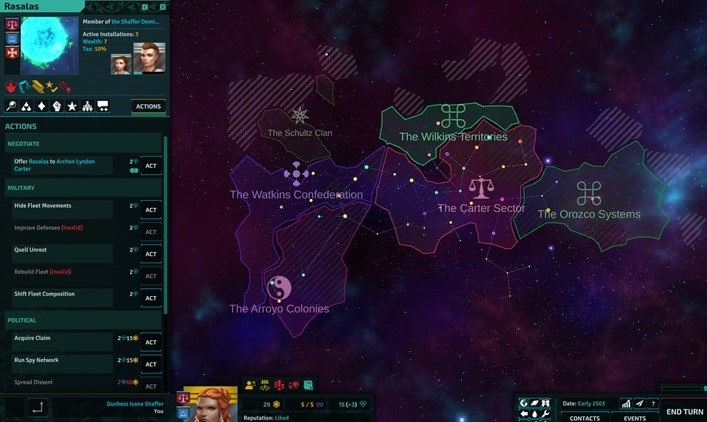
If you’re familiar with the game, Crusader Kings, you’ll find this game to be quite similar in terms of gameplay. This turn-based strategy game offers a multitude of ways for players to engage with the galaxy around them.
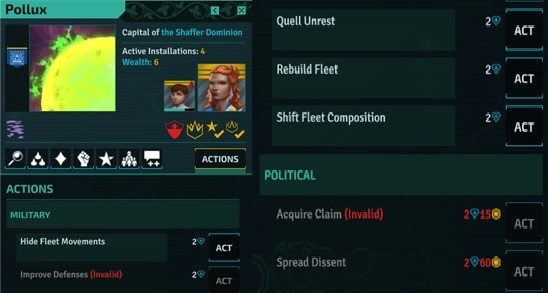
In this game, a player depends on turns in order to move forward. Each turn, a player has a limited amount of action points which only allows them to do so many tasks before having to end their turn.

When starting Star Dynasties, players can randomize and modify player-characters to their liking. This involves gender, class, reputation, etc. All in all, the gameplay is extraordinarily similar to that of Crusader Kings, save for an extra emphasis on family. Players must keep an eye on their family throughout their gameplay and must make sure they have an heir to their empire.
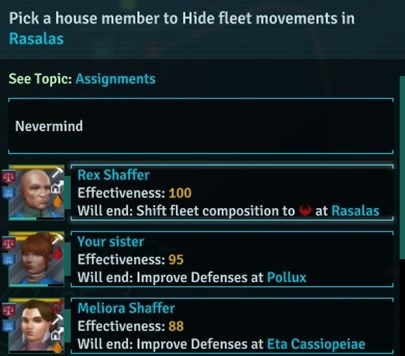
A downside to this familial emphasis is the sheer number of limitations that it brings. When appointing people to your council or even selecting people for actions, players are limited to choosing only from family members. The player-character itself has very few actions it can do on its own, as most actions in the game depend entirely on other characters. The assignments given to characters take a number of turns to complete, the turn-number being determined by that character’s skill level. Characters are additionally limited to only one action at a time.
To makes matters worse, however, the game has a family capacity function, which punishes players for going above it. Children also count towards this cap, despite not being able to be used for actions. This makes it extremely difficult to make substantial progress in the game and lengthens the duration of the gameplay in general. This can cause many players, myself included, to grow frustrated with the game and abandon it entirely.

Battles, on the other hand, are quite different from other strategy games. When attacking another region, players can “call” on their subjects to help in battle. The opinion of the subjects, in regard to the play-character, can determine whether or not they choose to answer that call.
If they decide to help, they bring their ships which can be one of three types. These three ship types each have an advantage over another type of ship and a weakness towards another. This creates a type of “rock-paper-scissors” combat.
UI & MUSIC
Unfortunately, a major downside to Star Dynasties is the UI. It is often clunky and hard to manage. For example, the game window is too narrow and too long for my monitor, with no setting to make it fit fully. As a result, I’ve had to play the game with the bottom end of the game screen cut off.

This is a major oversight that I hope they fix, as focusing on a small window that is additionally cut off makes it harder to enjoy or even get immersed in the game to begin with.
The music, on the other hand, is diverse and enjoyable, embodying a space-like aesthetic. This is something to note as I usually do not tend to notice the music in the games I play. Star Dynasties, however, manages me to take notice. Out of the many things I’d recommend adjusting, the music is certainly not one of them.
FINAL THOUGHTS
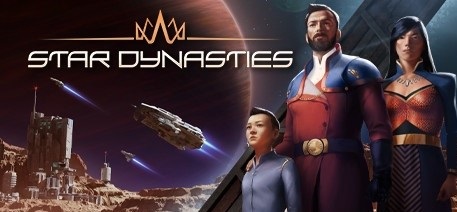
Overall, Star Dynasties was a bit of a disappointment. While at first, I was excited for the space-themed strategy game, my excitement soon melted into frustration within the first hour of gameplay. It is a game with great potential, but it needs major adjustments in gameplay and UI if it is ever going to reach it.
Star Dynasties is available for $29.99 for Windows PC via Steam. There is a free demo currently.
Victoria's fascination with games dates as far back to the early days of Newgrounds, where she became enthralled with the patchwork flash games that the site boasted. From there, she continued onward, playing a multitude of different games, diversifying her taste with every new day. Whether it was talking to Alduin at Skyrim's peak, or romancing Sebastian in Stardew Valley, she has always been fixated on the mechanics of games, as well as the diversified culture that backgrounds them. Even to this day she continues trying new genres: from RPGs, to Roguelites, to even more quaint experiences found in Cozy games.

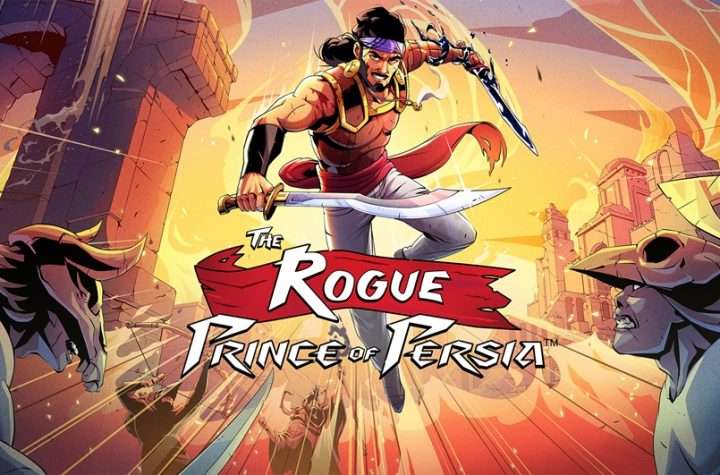
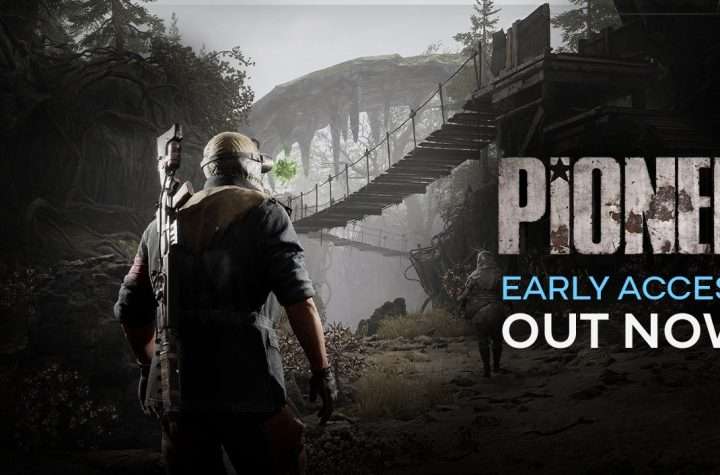
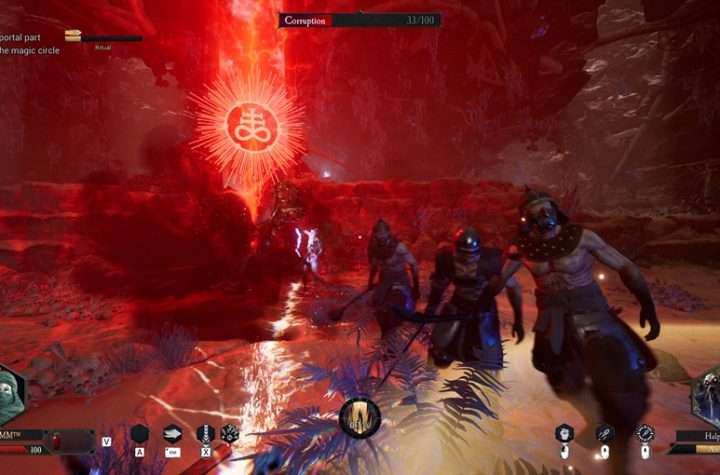

More Stories
Highly Anticipated Post-Apocalyptic MMO FPS, PIONER, Launches on Steam Early Access
DAIMON BLADES Preview for Steam Early Access
ReStory Preview for Steam